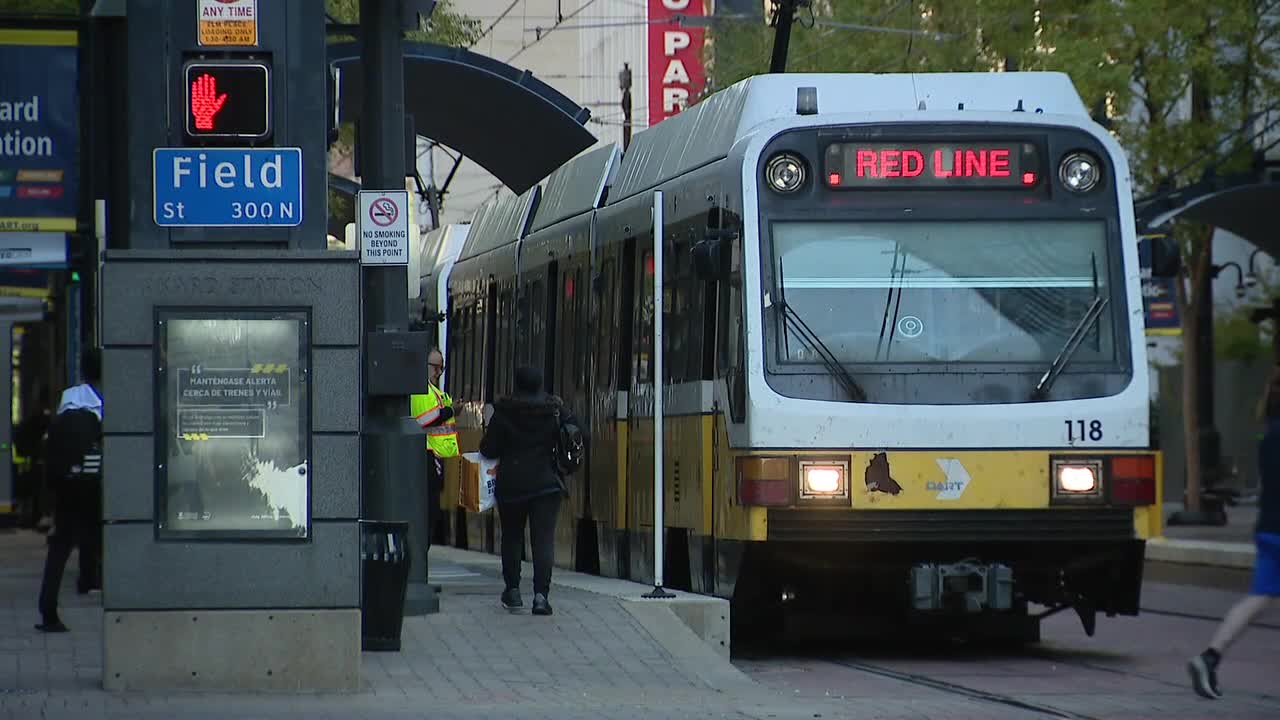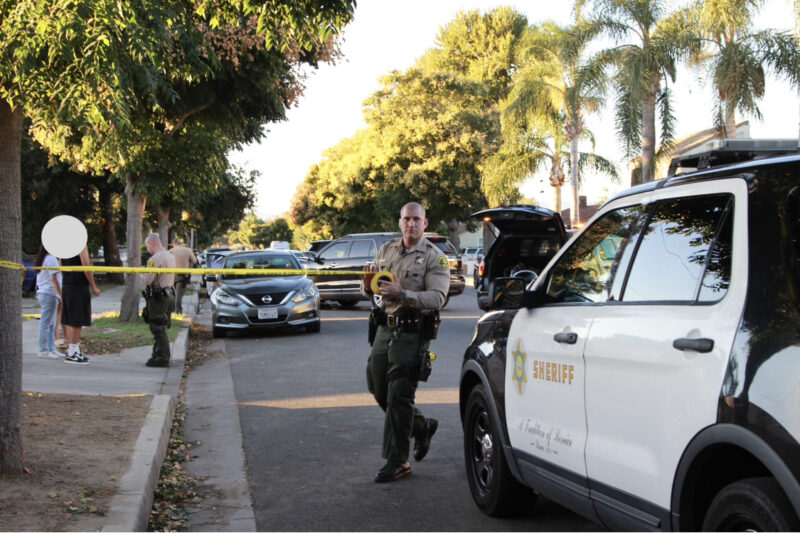UPDATE: The Texas Department of Transportation (TxDOT) has just announced a groundbreaking initiative aimed at expanding transit options statewide, preparing for an anticipated 40% population growth by 2050. This ambitious plan, dubbed the Texas Statewide Multimodal Transit Plan 2050, aims to modernize transit systems and enhance connectivity across urban and rural areas.
As cities like Plano, Irving, Highland Park, and Farmers Branch begin the process of withdrawing from DART (Dallas Area Rapid Transit), the need for a comprehensive transit strategy has never been more urgent. TxDOT emphasizes that this is not just a TxDOT plan, but a “Texas plan” designed to meet the evolving needs of residents.
Peter LeCody, president of the Texas Rail Advocates, describes the plan as “transformative,” highlighting the critical need for a long-term solution to public transit challenges in Texas. “We spend more money on highways than any other state in the Union, but as the highways become more expensive to build and maintain, what are we going to do in the future?” LeCody stated.
The Texas Statewide Multimodal Transit Plan 2050 proposes a new statewide route and hub network aimed at connecting key regions, including the Texas Triangle of Dallas-Fort Worth, Houston, San Antonio, and Austin. TxDOT is working to identify governance gaps in transit routes and is seeking public input to refine its approach. Comments can be submitted until November 20, 2023, before the plan is presented to the TxDOT commission for approval.
TxDOT Media Relations Director Adam Hammons emphasized the importance of this plan, stating, “There’s a lot of people involved in transportation planning, and so there’s a lot we got to do… We need to have that plan in place to look to the future and give us that kind of okay.”
The urgency of this initiative is underscored by the ongoing struggles of public transit systems in North Texas, which face uncertainties that could impact millions of residents. As cities contemplate their options, including potential withdrawals from DART, the need for a cohesive statewide strategy becomes increasingly vital.
The plan aims to address critical challenges while also exploring innovative transit solutions that can accommodate a growing population. LeCody warns that fragmented transit options could significantly reduce ridership, suggesting that seamless connectivity is essential for success.
With the state’s population projected to surge, the TxDOT plan could redefine transportation in Texas, ensuring that both urban and rural communities are effectively linked. Residents are encouraged to engage with the planning process and voice their opinions as the deadline approaches.
Stay tuned for further updates on this developing story as TxDOT works to finalize a plan that could transform the future of transit in Texas.







